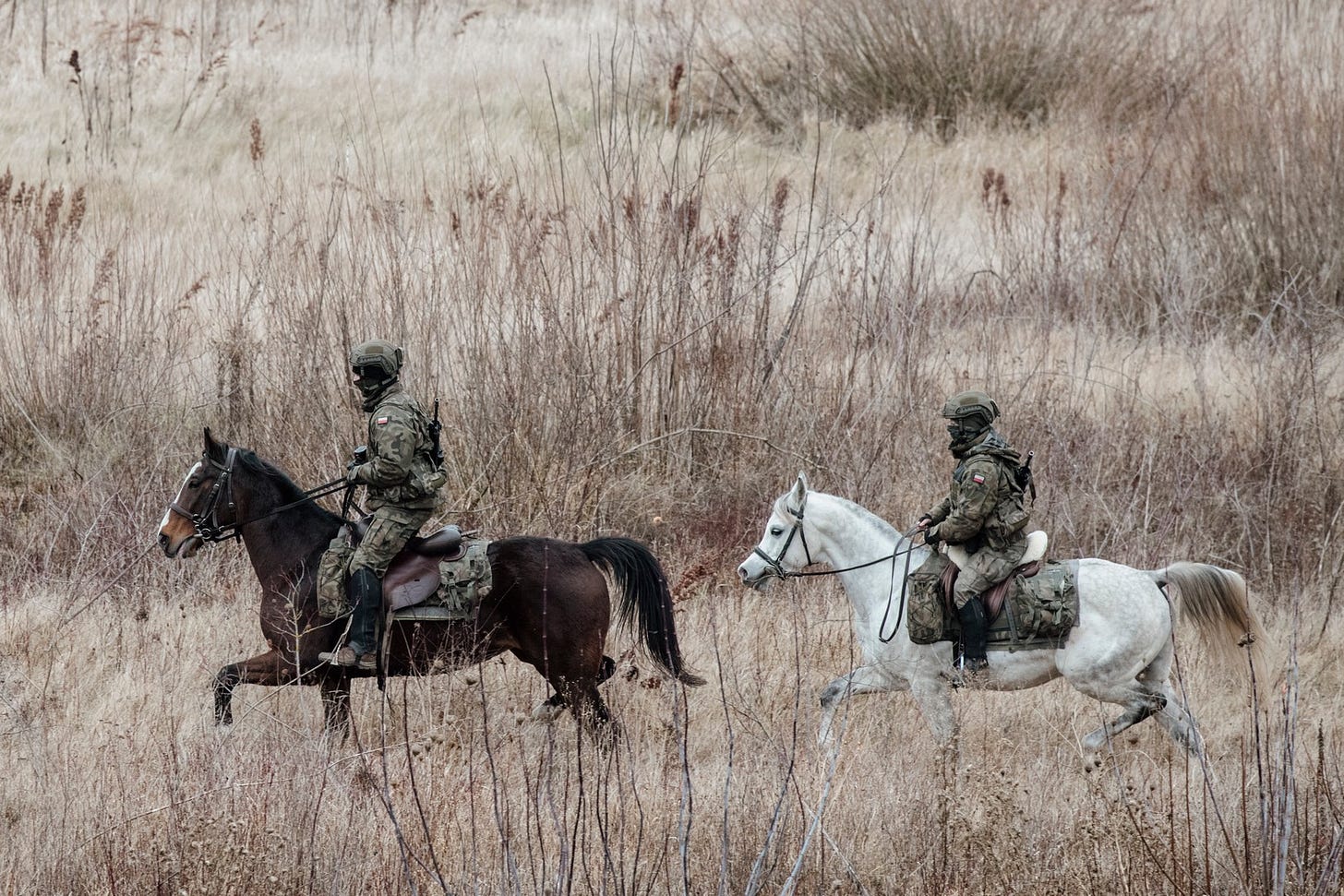Extract from a recent Key User Requirements document:
Several capabilities have now reached their sunset, including the Quad platform. Similar capabilities, such as the motorcycle fleet, have been out of service for years. Aside from the need for a replacement of these capabilities, these is also the opportunity for emerging research to be incorporated into the design requirements, and for the platform to meet a rapidly changing international context.
This document seeks to cohere the requirements for a trainable, autonomous, support platform to dismounted close combat soldiers, that harmoniously aligns to current Defence Lines Of Development, integrates with already in-service capabilities, with the ultimate aim of ensuring that the Army remains at the cutting edge of Defence and relevant in modern near-peer warfare.
The next update to Key User Requirements draft will be in 6 months, where a review will be conducted to check that they are still fit for purpose and add any additional user submissions. A final review will be conducted after a gestation period, before the timeline meeting is conducted with adjacent stakeholders in order to set the conditions for the tender announcement.
Any future contract, completed under fair competition standards, must fulfill the following Key User Requirements (as at current publication):
The capability must be able to carry loads in support of dismounted close combat soldiers. At a minimum this should displace the majority of the equipment of a Fire Team.
The following dismounted manportable support capabilities must be mountable for purposes of transport:
81mm Mortar.
General Purpose Machine Gun - with Sustained Fire configuration.
40mm Grenade Machine Gun.
Anti-tank missile families.
Dismounted ammunition of any nature.
The capability must be able to fulfill the following all-terrain requirements:
Conditions - Type VI standards. This is comparable to the performance of an average dismounted close combat soldier, including shallow swamp conditions and mountainous inclines.
Autonomous route selection.
Have some means of ‘self-righting’ or be agnostic to orientation.
The capability must have a software interface pre-installed. It must be intuitive to operate and give immediate troubleshooting feedback to users.
The capability must be able to be rapidly repurposed to new roles, including carriage of individual dismounts if necessary. Modularisation is preferred. When modified for transport, it must:
Have a rapid means of updating the software interface of the platform.
Provide some protection to users from improvised explosive devices and mines. Either by mechanisms for defeat, or an additional standoff distance.
Maintain an ‘open architecture’ view of surroundings.
The capability must be powered by recognised Defence-tested fuels, an organic power plant support capability, or easily-accessible fuels in potential operational theatres.
The capability must have installed early-warning and threat-detection sensors.
The capability must have a field repair and replacement support package. The interface must be able to clearly indicate the source of a mechanical fault. Minor errors should be repairable in the field.
The capability must exploit emerging ‘swarm’ research, able to interact with other nodes and form an autonomous swarm posture.
The capability must be rapidly re-configurable to give a non-threatening posture - in support of security and counter-insurgency operations.
The capability must be self-deployable to a distance at least that of which the supported dismount close combat organisation can self-deploy.
The capability must be strategically deployable via recognised strategic deployment methods, including StratAir, rail, and sea.
The capability must be delivered in accordance with Defence Sustainability Practices, and be aligned to the Defence Greening 2030 Vision.





